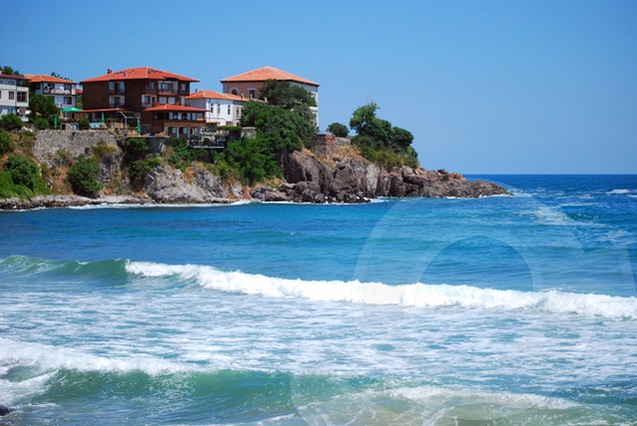Ancient history which left its mark, combined with the modernity of a popular resort characterizes the coastal town of Sozopol.
The town was found in 620 BC. Settlers from Asia Minor found their new home there and called the town Apollonia, after one of the most revered Greek gods.
Apollonia grew rapidly and soon the space on the tiny peninsula where it was set up became insufficient. Part of the settlers was forced to move to the nearby lands. This resettlement led to the appearance of a number of coastal cities among which Pomorie, Kiten, Ahtopol and Bourgas.
The town continued gaining importance as a trade center. Its harbor turned into a major regional trade channel.
After the conversion to Christianity, the town got a new name, Sozopol, or the city of salvation.
During the centuries to come, after the formation of the Bulgarian state, Sozopol was in the center of several battles between Bulgarians and Byzantines. The city often changed its state belonging.
After the beginning of the Ottoman reign over Bulgarian territories in 1396, Sozopol remained a free town. This continued until 1453. By the beginning of the 19th century it acted as the most important Black Sea harbor.
Trade gradually slowed down and locals turned to fishery. A fishery school started functioning to train younger people into the skills.
Today Sozopol is a major southern coastal resort. Many Bulgarian and foreign tourists decide to spend their vacation there because of the romantic atmosphere Sozopol’s new and old town create.
The old town has its own spirit, preserved over the passage of time.
Small restaurants line the cliffs nearby. The height offers wonderful view of the three islands- St. Ivan, St. Petar and St. Cyril. Street shops tempt tourists with authentic Bulgarian artifacts, among which knitted and leather items, as well as portrays.
Sozopol’s new part is much more contemporary. Younger tourists prefer it because of the luxury hotels and entertainments spots.
The central town beach has fine sand and clear water. Sozopol’s second beach, Harmanite, has wide shoreline as well. A walk can take visitors to both beaches.
In case you are looking for a calmer spot, try to find transportation to the nearby camp beaches. Some of these are Zlatnata Ribka, Kavatsite, Dyuni and Arkoutino.
Sozopol hosts an art festival under the name of Apollonia in the end of each summer. Artists gather in the town for several days. The event attracts many tourists, culture and art lovers and has turned into one of the most important Bulgarian cultural summits.

